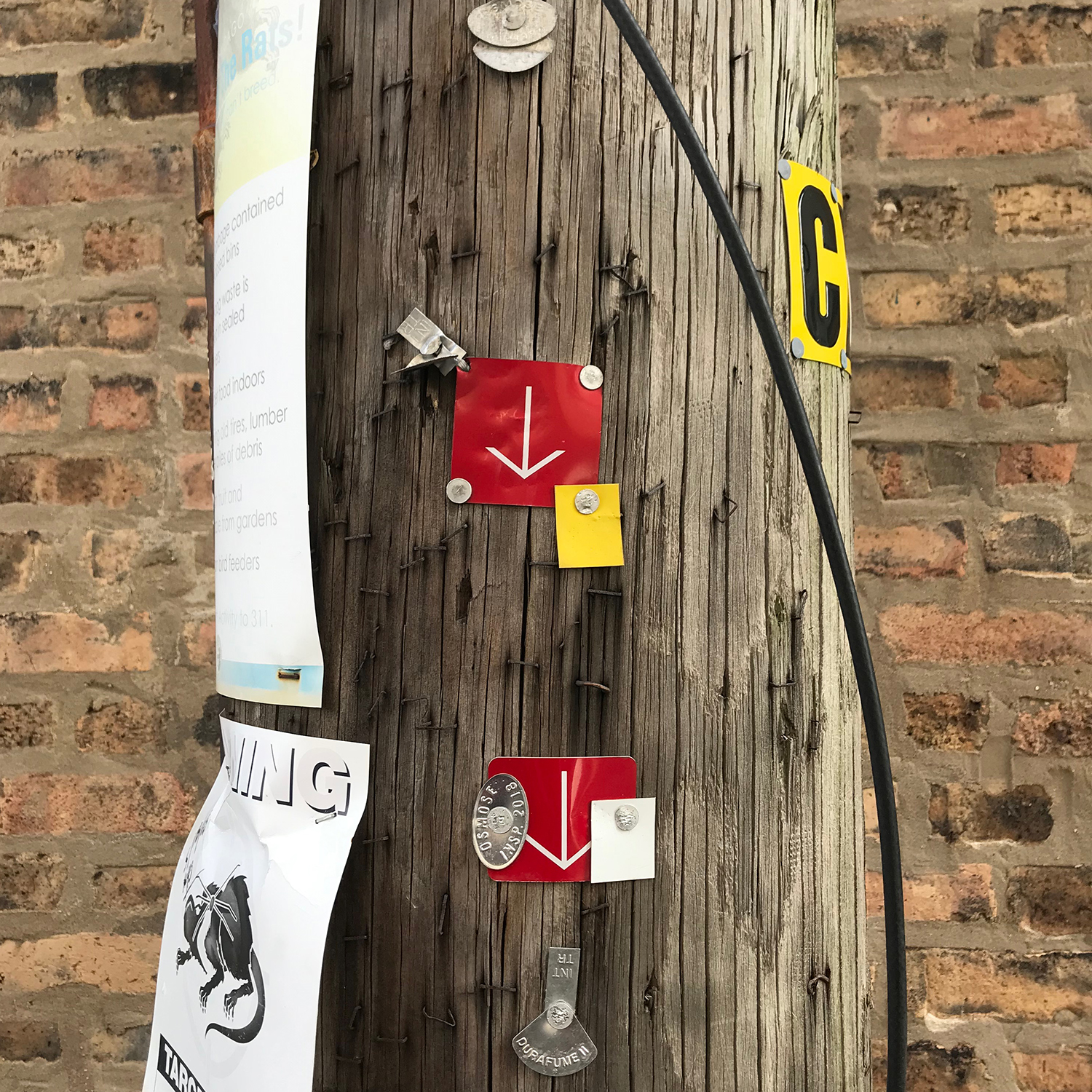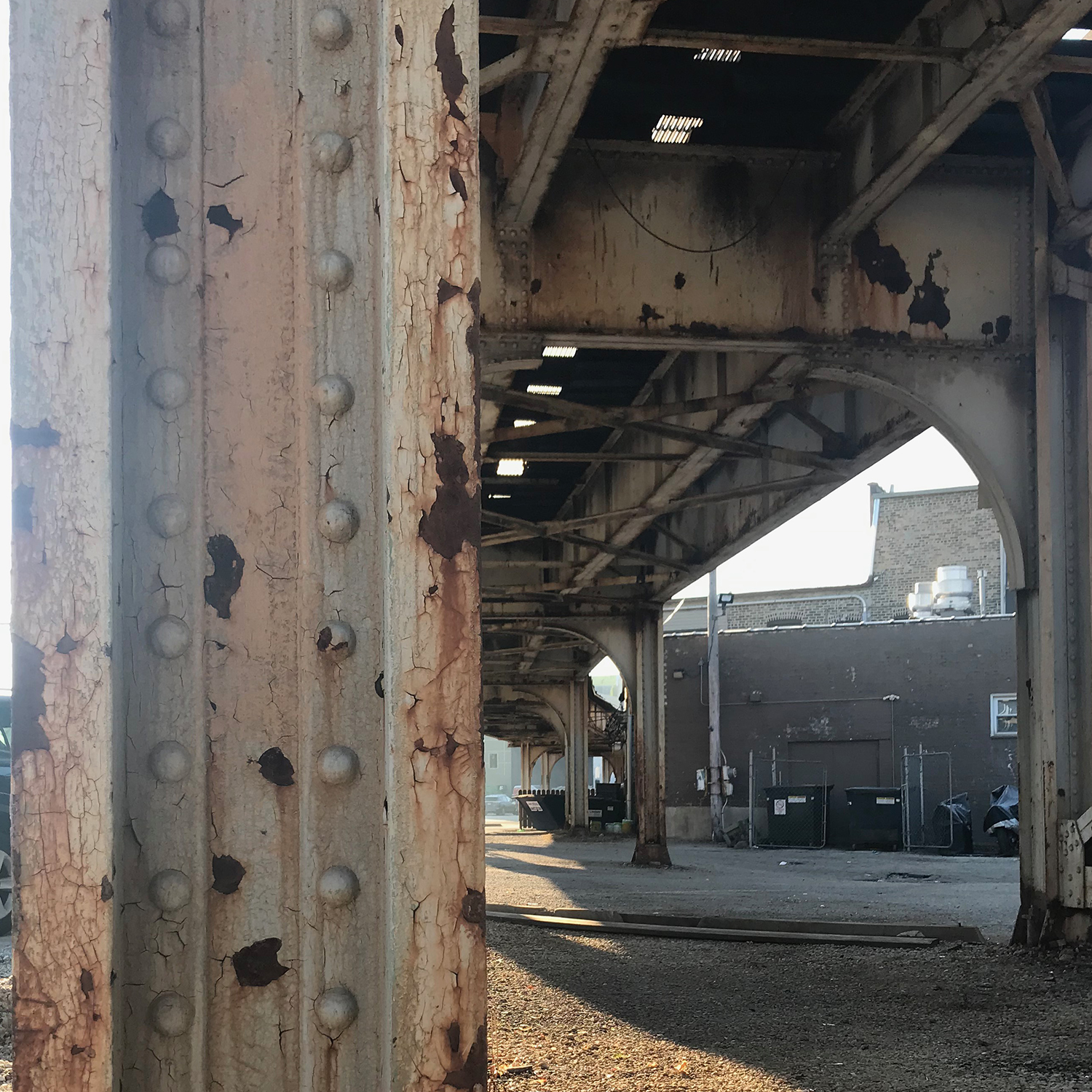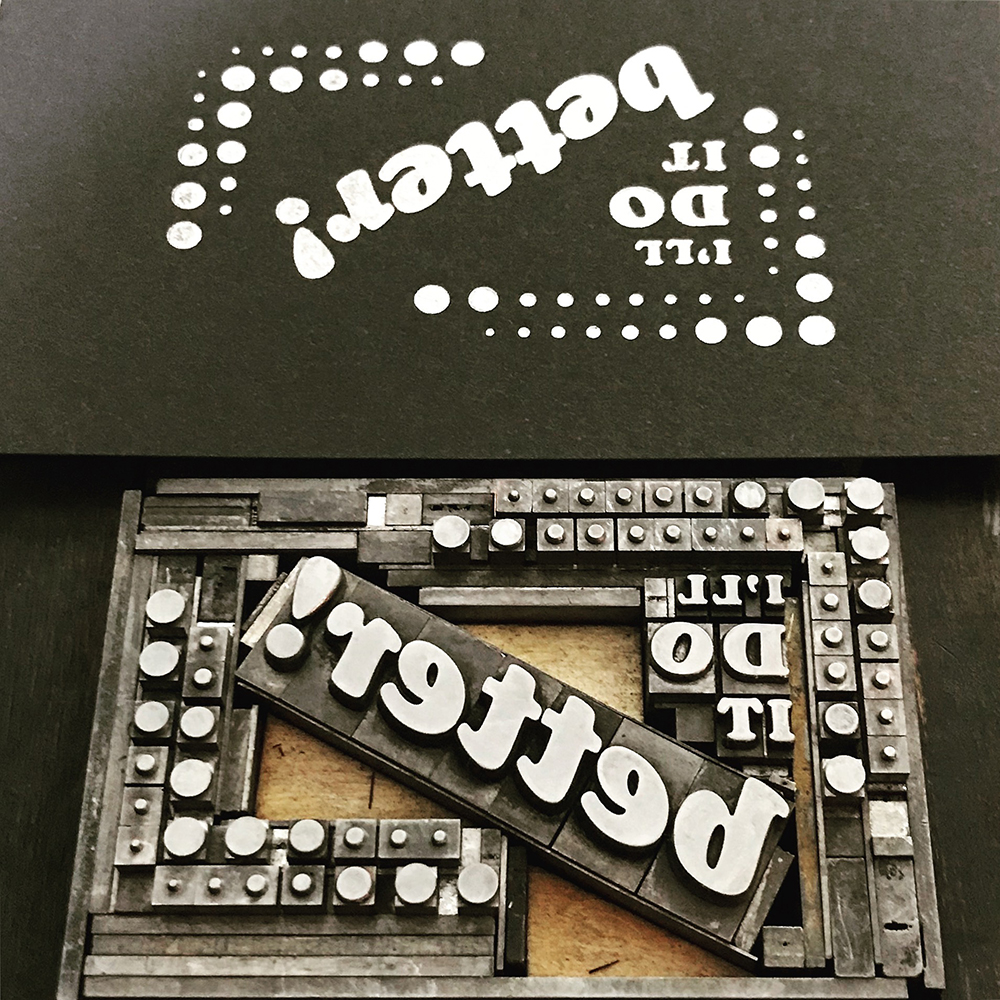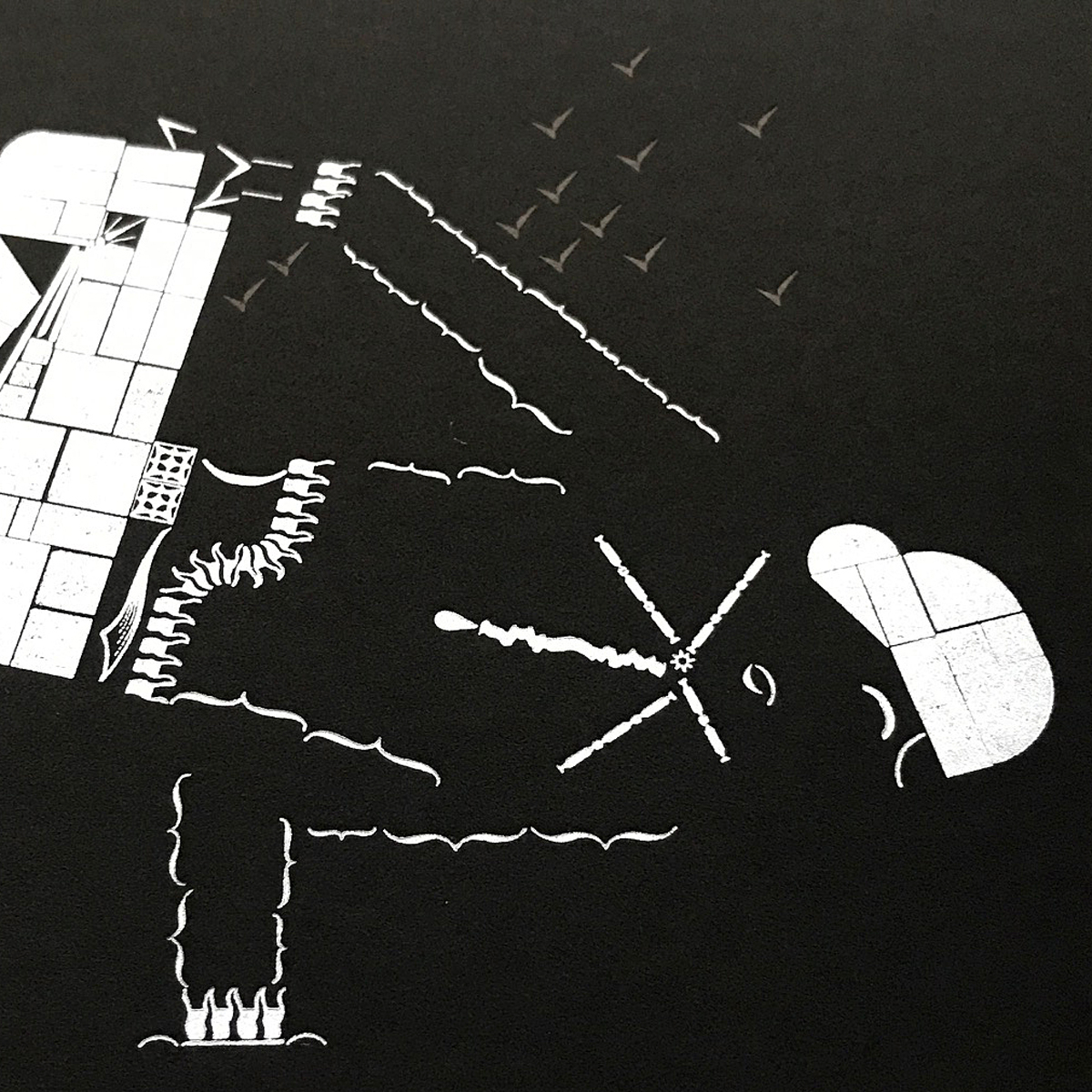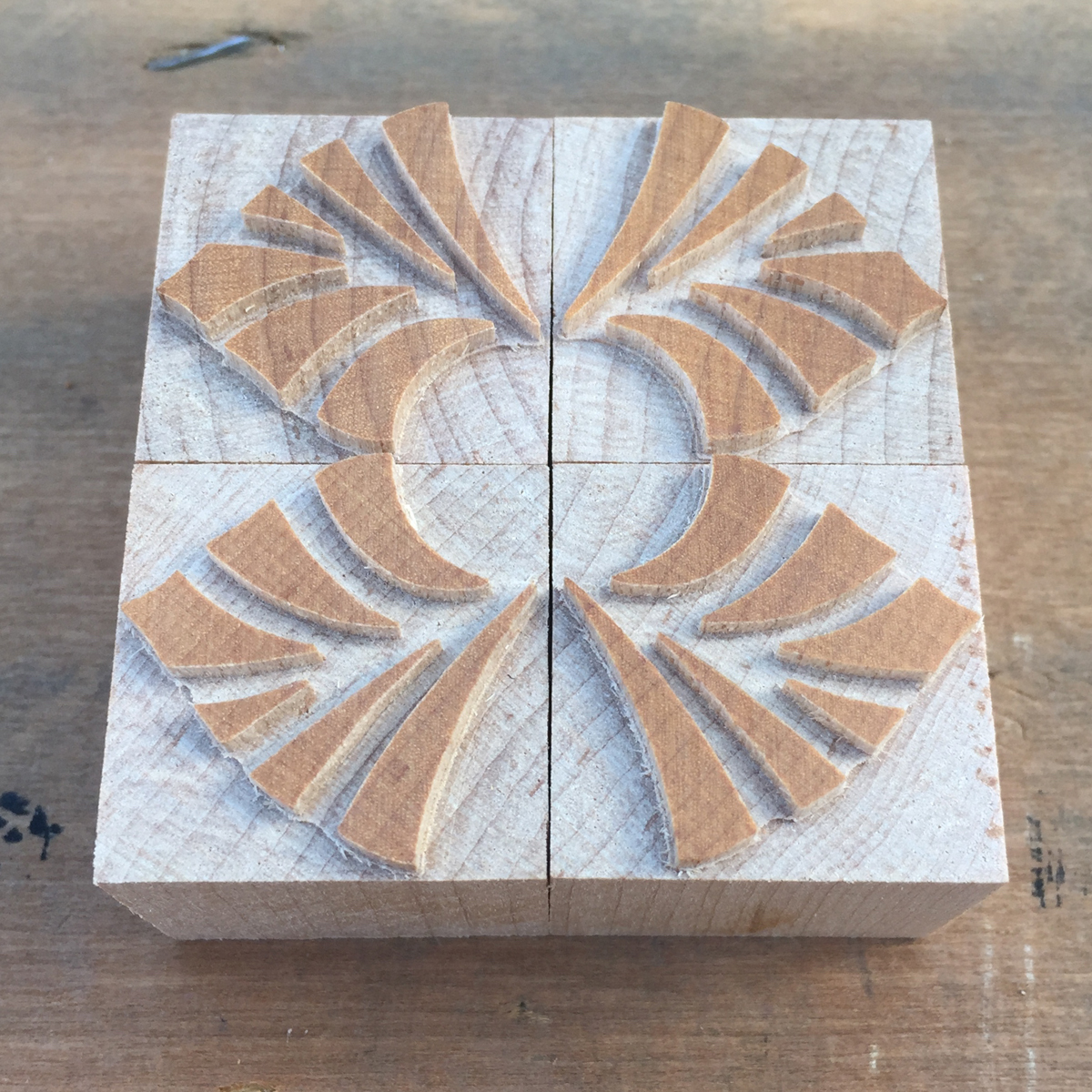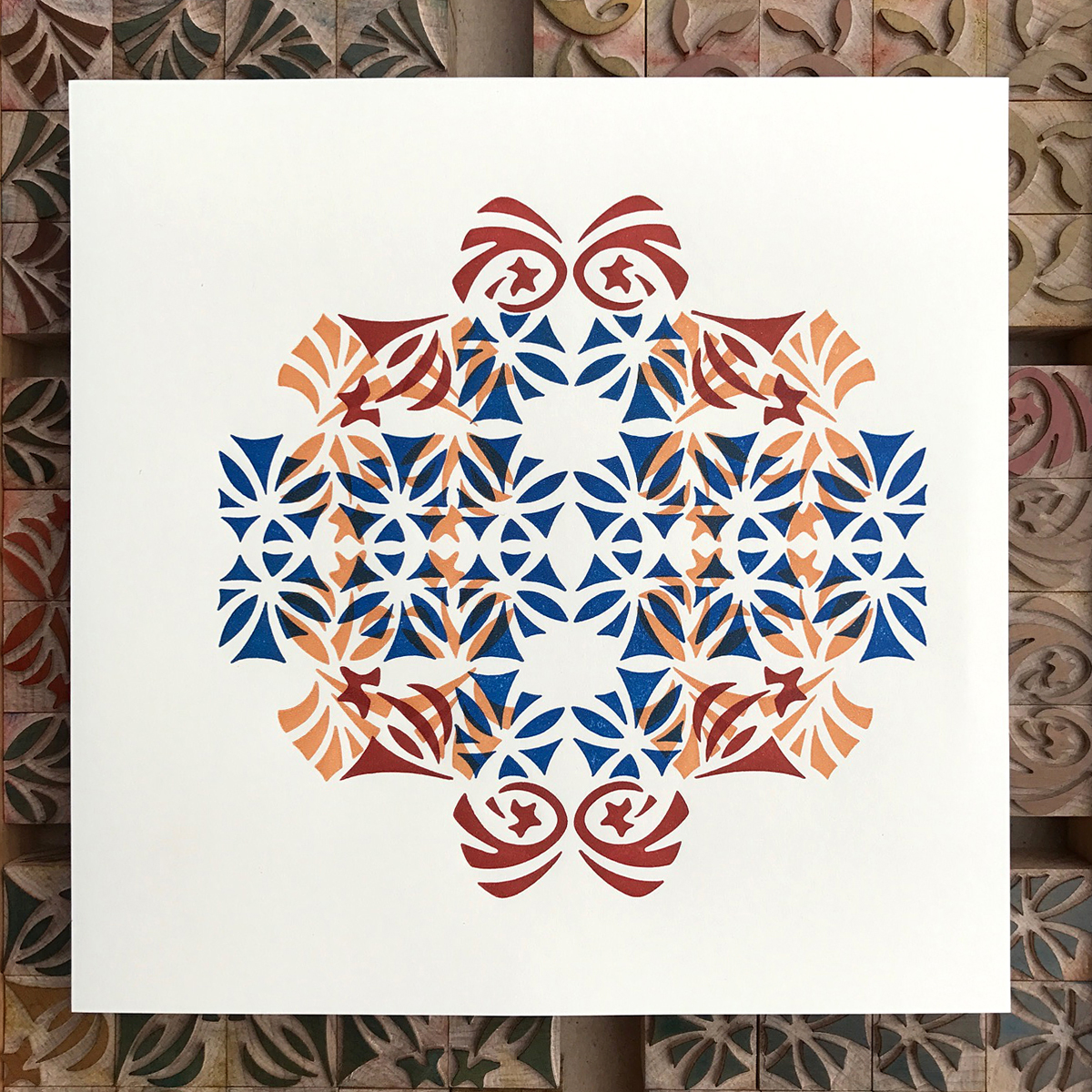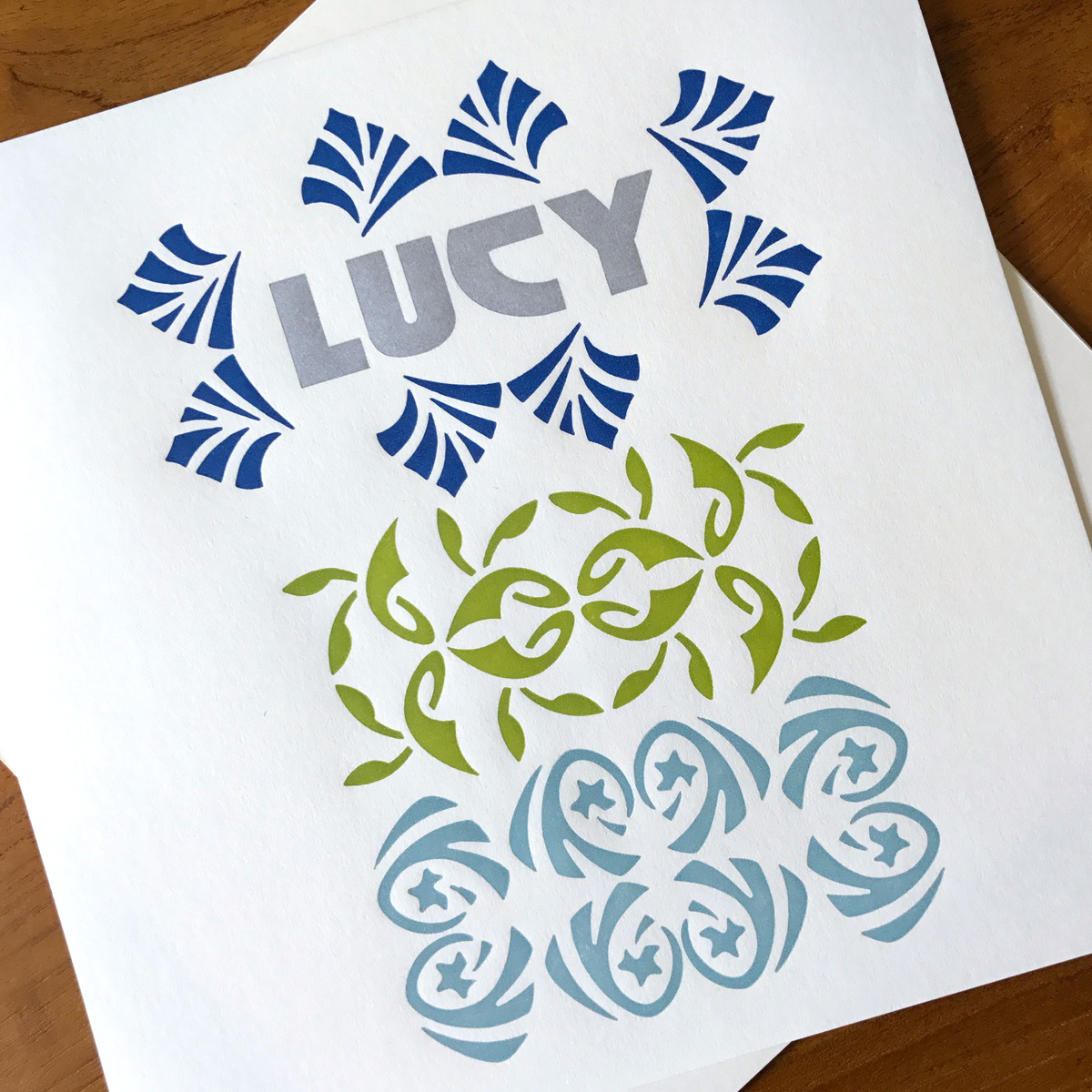I heard a guy on the radio extolling the virtues of his small town, with its community and people-run businesses. It was nothing like the city, he said, which is cold and run by giant corporations. With much resistance, I did not throw the radio out my window and instead made a mental list of all the ways this guy got it wrong.
On the mile walk from home to studio, I pass elementary schools, bakeries, coffee shops & restaurants, boutiques & book stores, post offices. Buildings are being built, new sidewalks laid, people opening shops, garbage collected, children ushered across streets. I wave to friends and neighbors.
Everywhere I look I see the work of so many hands. Bricks laid both 10 and 100 years ago. Dated stamps in cement that say ‘I’m proud of this work.’ Tags on poles and tagging in the alleys. I think ‘Who did this? What is/was their situation? Did a life of dedicated craftsmanship create this or a moment stolen to record I WAS HERE'? It fascinates me in the same way the hand paintings in Argentinian caves speak to me, but in an even more immediate sense.
The streets, parks, buildings and alleys all tell different stories but are connected in one way: the people who use them every day.
I love people. Watching and listening and learning from them. I love to see how they interact with the city, from handmade signage to tagging to how they move through it, especially if that movement is facilitated by walking, biking or riding trains.
In considering the work of all these varied hands, I consider the work of my own. How do I interact with the city? How do I represent it? Does my work communicate the vibrancy and interconnected nature of those who share the streets, parks, alleys and buildings? Can I build a sketchbook that encompasses an everyday snapshot of the few miles I cover daily, with their textures and colors and eccentricities?
And that’s when the idea of The Almighty Starshaped was born.
In the 70’s and 80’s, it was common for Chicago gangs to print their own compliment cards (have some fun with this in your head for a second) which you can enjoy in the book, The Almighty & Insane. I fell hard for these for two reasons. First, gangs printed their own cards as a way to say ‘this little piece of the city is ours and this is who WE are,’ and second, a majority of these cards feature blackletter typefaces paired with an unflinching braggadocio.
I set out to create my own almighty piece book styled after those of graffiti writers. It is a collection of vignettes inspired by my foot/bike/train travels around Chicago, a record of the sights that often go unnoticed and ignored but build the character of the city.
My goal for the book is to create an entertaining sketchbook with images built entirely from metal type and ornament. The irony and challenge is that in order to create imagery that appears to be sketched and recorded quickly, I must do some of the most complicated typesetting I’ve ever taken on.
There are 48 pages and the center section of each signature folds out to show larger images that include the title image (metal type takes on spray paint!), an homage to the train-riding experience, bike haters (sneak peek above) and the city at magic hour, looking west.
The book, entirely covered in black book cloth, will have one ‘sticker’ on the front, meant to resemble those that taggers are so fond of. I am, indeed, claiming this book.
Here’s a look at a few of the other forms on deck to be printed. The final pages will be full of color.
I often hear the rhythm of Carl Sandburg’s Chicago in my head as I wander the city streets… Shoveling, Wrecking, Planning, Building, Breaking, Rebuilding… and think no one has ever gotten it as right as that. I want to add to this visual with Thinking, Designing, Addressing, Including and of course, Printing. Where would Chicago be without that?
Go here to order the book. I owe high fives to Craig Jobson of Lark Sparrow Press, one of the finest teachers I’ve ever had. He encouraged everyone to always look around and be a part of the community, because design inspiration is everywhere.



